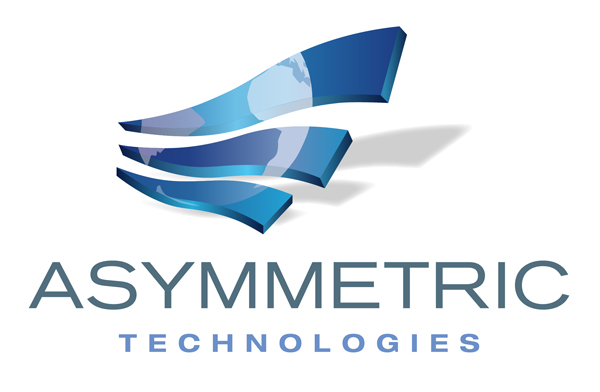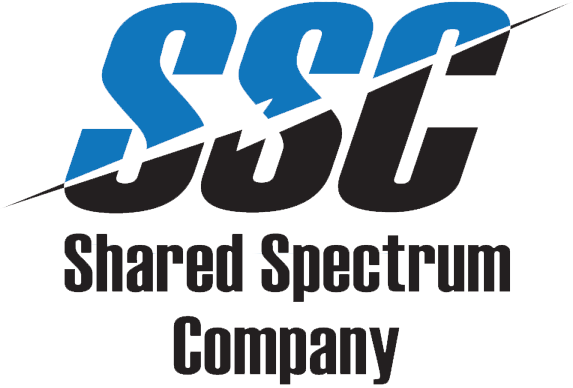























The U.S. Army would like to invite interested companies to participate in the xTech Small Business Innovation Research (SBIR) competition. The xTechSBIR will provide a forum for small businesses to collaborate with the Army, earn prize money, and engage with other non-traditional Army partners. Winners of the xTechSBIR will have the opportunity to submit a Direct to Phase II (D2PhII) SBIR proposal to prototype their proposed technology innovations. Prize money will be awarded to selected projects through the Army xTech program and D2PhII SBIR awards will be available through the Army Applied SBIR program, as described below.
The prize challenge will be used to identify small business concerns that meet the criteria for award of a D2PhII contract under 15 U.S.C. §638. Winners of the prize competition will be the only firms eligible to submit a D2PhII SBIR proposal under the topics listed in this announcement. A separate SBIR D2PhII announcement will be issued concurrent with this prize competition announcement.
Submissions that do not address the problem statements below or not fitting the definition of a prototype* project will not be considered for this effort. The efforts described in this Notice are being pursued under the authorities of 10 USC 2374a, 10 USC 2371b, and 15 USC 638.
*A prototype project can generally be described as a preliminary pilot, test, evaluation, demonstration, or agile development activity used to evaluate the technical or manufacturing feasibility or military utility of a particular technology, process, concept, end item, effect, or other discrete feature. Prototype projects may include systems, subsystems, components, materials, methodology, technology, or processes. By way of illustration, a prototype project may involve: a proof of concept; a pilot; a novel application of commercial technologies for defense purposes; a creation, design, development, demonstration of technical or operational utility; or combinations of the foregoing, related to a prototype.
Problem Statements
(Full descriptions of each problem statement can be found on the contest submission portal.)
Topic A: Combat Vehicle Modernization – Advanced Hybrid Networks and Cable Management Strategies
Objective: This topic seeks novel concepts for reducing cabling requirements within ground combat vehicles, while minimizing the electronic signature footprint, maintaining or improving data throughput rates/capacities, and improving physical characteristics, such as size and weight. Potential solutions may include one or more transmission mediums.
Topic B: Autonomous Navigation Sensor Technologies
Objective: Demonstrate the ability to employ effective passive sensor technologies and associated algorithms and techniques to augment semi-(operator assist capabilities) and fully-autonomous off-road navigation systems for Army Ground Combat Vehicles in Degraded Visual Environments (DVE). The focus of this topic is to augment existing and planned Army autonomous navigation investments and infrastructure (e.g. sensors, data collection, simulation, etc.) leading to improved navigational performance, new capabilities, or SWAP-C (size, weight, power, and cost) reductions.
Topic C: Advanced Real Time Global High-Resolution Environmental Information to Support Multi-Domain Operations
Objective: Advanced Real Time Global High-Resolution Environmental Information to Support Multi-Domain Operations for the development and demonstration of a capability that addresses requirements crossing multiple program executive office and program management. The desired end product of Phase II is to have one or more technically feasible technologies operating as functional prototype(s) during DoD-sanctioned exercises in order to provide operational testing and data collection on the cyber security, usability and effectiveness of prototype(s).
Topic D: Ultra Narrow-band Emergency Radio
Objective: The Army seeks a radio capability that will enable large numbers of vehicles and soldiers to communicate at extremely low data rates, and with low probability of being detected or geolocated by adversaries. The Army of the future requires mission assured communications that will provide anti-jam “Interference Tolerant Wireless Communications” – addressing C3I capability and advanced expeditionary electronic countermeasures (ECM). The communications must deliver a unique undetectable communication channel which overcomes the difficulties in managing interference. The solution must deliver a frequency-agile communication technology that is effective when operating in harsh radio environments containing significant amounts of interference.
Topic E: Non-Lethal Vehicle Defense System
Objective: Army manned and unmanned vehicles must be able to perform their missions in scenarios where they must operate among local populations. The local populations can pose a potential threat to operations, but lethal response measures may not be appropriate. The Army seeks non-lethal solutions that will inhibit or discourage civilians and bystanders from interfering with operations of manned and unmanned platforms.
Topic F: Condition Based Maintenance for Combat Vehicles
Objective: Demonstrate the ability to employ technologies and associated algorithms and techniques via new or existing sensors and telematics to create advanced prognostics and diagnostics methodologies for future and current Army vehicles. The focus of this topic is to anticipate component failures and reduce the amount of unplanned maintenance resulting is increased readiness of the fleet.
Partner Agency: U.S. Army Assistant Secretary of the Army, Acquisition, Logistics and Technology (ASA(ALT))


Sep 15, 2020 - Oct 9, 2020

Up to 12 Winners/Topic

$2,000/Winner


Nov 12, 2020 - Nov 19, 2020

Up to 4 Winners/Topic

$30,000/Winner


Nov 23, 2020 - Dec 15, 2020

Up to 4 WInners/Topic

Up to $1.67M/Winner


-


The xTechSBIR competition is voluntary and open to all US-based small businesses.
